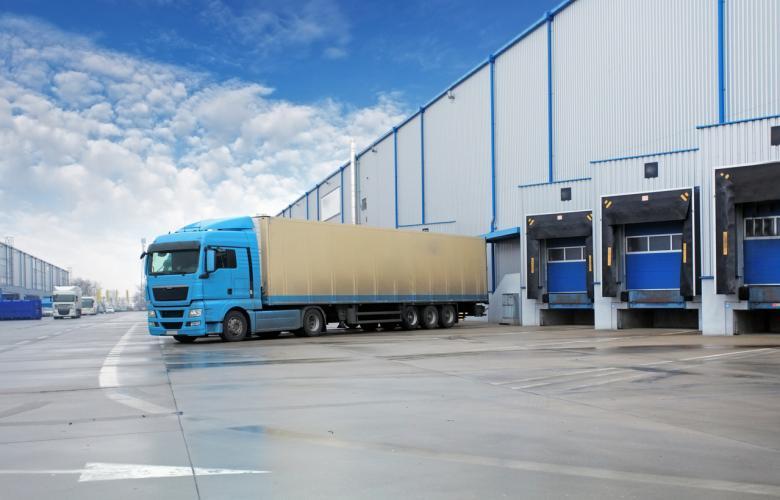JLL’s latest podcast investigates the future of logistics
Contact
JLL’s latest podcast investigates the future of logistics
The fragility of global supply chains is increasingly important to commercial real estate, where demand is expected to grow at pace over the next five years.
Unpredictable disruptions to intertwined global supply chains over the past year, including the blockage of the Suez Canal as well as the pandemic, have shone a light on the fragility of global commerce, according to a new podcast from JLL.
The issues have become increasingly important in commercial real estate, where the logistics-sector boom appears set to continue. According to JLL’s Future of Global Logistics report, 74 percent of surveyed professionals expect demand to grow at pace over the next five years.
As manufacturers and logistics firms are trying to figure out how to address these issues, Michael Ignatiadis, head of supply chain and logistics solutions at JLL, is speaking to John Gattorna, a leading supply chain thought leader and author, on what it takes to be ready for periods of disruption, and what happens if you aren’t.
Some of the key issues focus around regionalisation versus globalisation. Pre pandemic, businesses sought a cheapest single source, no matter the location.
“Right now resilience is emerging as a lot more important than cost,” says John. “Although if you get it right, increased resilience shouldn’t necessarily cost more.”
Manufacturers are most worried right now about delivering to customers. They are looking at work-arounds for critical items, including finding regional suppliers or dual sourcing.
Few companies are getting it right, according to John. In many cases, industrial companies in the past haven’t had to have rapid lead times. But with the growth of ecommerce, being exacerbated by Covid at the consumer level, industrial businesses are becoming more demanding on their suppliers.
“At the end of the day, logistics is the part of the supply chain that actually has to react to the forecast for sales on the ground and usually they are the last to know which means the real estate (where you are, what kind of warehouse you have, what automation you have inside) is informed at the last minute,” says Michael.
Good companies are taking a complete review of their footprint, be it regional or global. These companies are taking a much more rational approach to their networks with a long term view, looking at demand for products and services to decide where to place manufacturing or warehousing facilities. This can save a lot of money, and the facilities can then be underpinned with technology to digitalise the business.
Listen to the podcast here: How logistics is facing future disruptions
Related reading:
Manufacturing take-up of industrial space hitting 2020 figures at 1H
How industrial developers are raising the game on sustainability







